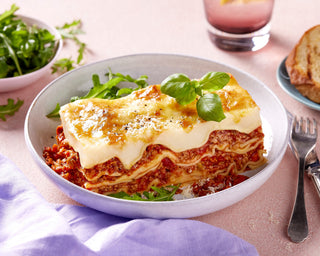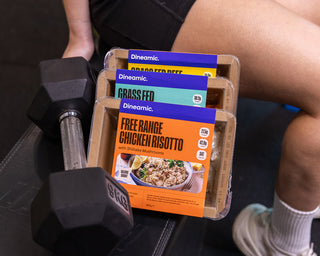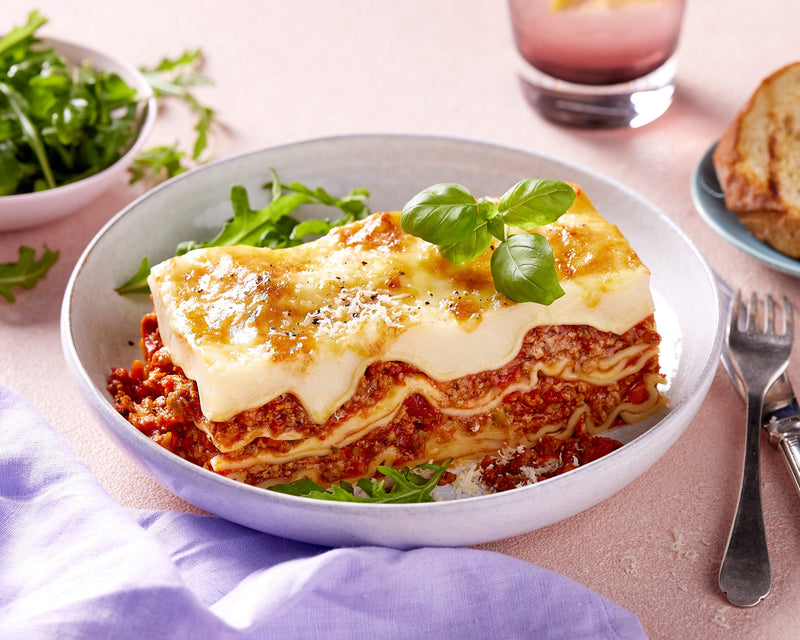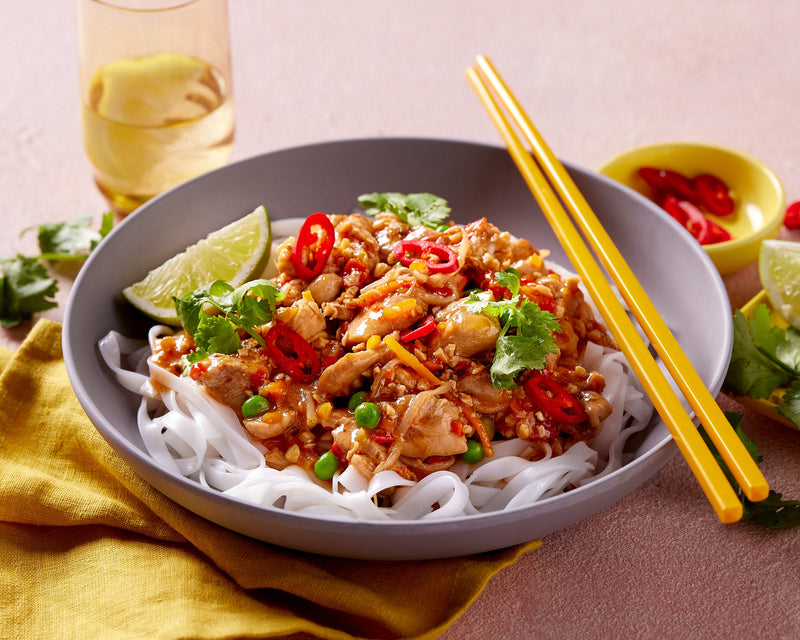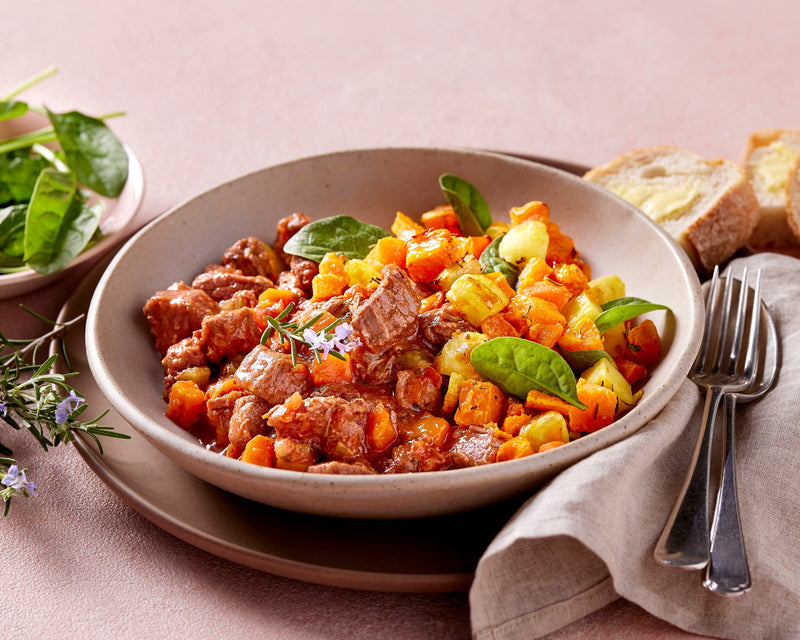
According to research, around a third of Australians regularly snack and a similar number say they sometimes replace a main meal with a snack. But recent research found 30% of us have put on weight since Australia’s coronavirus lockdown began, with millennials most likely to be snacking more and exercising less. I recently discussed the pros and cons of snacking on my 3AW radio segment with Dee Dee.
Why do you snack?
Are you hungry, bored, stressed, depressed? Is it because you’re surrounded by snack foods – in the pantry, the fridge, the freezer, on ads, in fast food outlets, where you work or shop? And when do you snack? All day or are you a night snacker?
What do you snack on?
Regardless of when or why you snack, the big issue relates to what you choose to snack on. Are you a fruit, carrot stick and yoghurt with water snacker? Are you a dried fruit or nut nibbler? Are you a ‘can’t resist’ choccy bickie or muffin eater? A lolly sucker? A savoury snacker on chips, crisps, dry biscuits and cheese? Or are you a stand-at-the-pantry-or-fridge snacker - peanut butter from the jar, milo from the tin, spoonfuls of ice cream straight from the freezer. Are you a Maccas snacker?
Do you consider drinks as snacks? Smoothies, milk shakes, soft drink, fruit juice, lattes, wine, beer?
What you choose to snack on matters
Unfortunately, ‘discretionary foods’ like chips, chocolate, biscuits and confectionery, make up over one-third of too many Australians’ daily kilojoule intake.
While you may get a quick energy burst as your blood sugar levels rise from some of these foods, that spike will fall quickly, often leaving you tired, drained, and finding it hard to concentrate. We also know that eating a diet high in ultra-processed snack foods can have a negative impact on your mood, making you feel more depressed.
But let’s start at the beginning. Do we really need to snack? Isn’t eating three meals a day enough?
Who needs to snack?
The answer to whether you need to snack depends on the individual, your lifestyle, job, age, diet, health and level of physical activity.
The key groups who may need to snack include:
- Children with small stomach capacities
- Growing teenagers, especially those who play a lot of sport or are super active
- Athletes and those in physical jobs who need plenty of energy
- People who are in jobs that require a great deal of focused concentration
- People who may have lost their appetite or who are unwell and undergoing medical treatments and can’t face a big meal
- People with medical conditions who may need smaller, more frequent meals, such as people with diabetes who need to regulate their blood sugar levels
How to make filling and healthy snack choices
To make good snacking choices, aim for:
- A portion size of no more than 600 to 800kj
- Foods high in fibre (try for 3g)
- Food low in fat and sugar
- Foods with at least 5g of protein
Or simply don’t bring less healthy snacks into the home (or office – more organisations are now serving fresh fruit rather than biscuits or muffins at meetings).
A few heathy snack ideas:
- Hard boiled egg
- Brown rice crackers with avocado dip (half an avocado, mashed, with a dash of lemon juice and tabasco sauce);
- Slice of wholegrain toast with peanut or cashew nut butter (ideally made with nothing but ground, roasted nuts)
- One serve of fruit. For example, 12 grapes or 12 strawberries, 1 apple or pear, or 2 kiwifruit
- A handful of mixed nuts
- One tablespoon of sultanas and six raw almonds
- Spicy roasted chickpeas
- A small tub of natural yoghurt or tzatziki (yoghurt dip) with vegetable crudités
How to stop mindless snacking
Eat regularly meal
Try to eat regular meals, so you don’t end up hungry and craving food when the only options are the ones you shouldn’t be eating – like biscuits or chips or chocolate.
Put nutritious food front and centre
Research published in Appetite Journal investigated the old saying ‘out of sight out of mind’ when it comes to cravings and confirmed that exposure to food cues (ads, nearby take-away stores, having not-so-healthy choices on display) reliably elicited strong cravings – it’s why supermarkets like to display confectionery near the checkout.
By simply putting all the healthy food choices – like fresh fruit, nuts, yoghurt and crudités – where you can see them, like on the kitchen counter or at the front of the fridge at eye level, you will be more likely to select them when you need a snack. For example, try cutting up fruit into pieces and placing them in clear containers, in the front of the fridge, so it’s easy to reach for a portion, rather than search for a pack of chips or sweets.
Hide unhealthier snacks away
If you have to have some not-so-nutritious snacks, find a pantry hideaway (bottom, at the back) for all your treats to ensure they’re not staring at you every time you open the door. And when you bake a dessert or cakes for the family, make just enough for a sensible portion for all – no leftovers!
For things like muffins, cook and freeze individually; if you bake biscuits, cook only a limited number and freeze the rest of the dough to cook later. That way, you will be less tempted to overindulge, and more inclined to eat what’s readily available – like those fruit pieces, nuts, vegetable crudités and plain yoghurt.
Eat from a plate
Think small and serve snacks on a plate. And try to avoid distractions when you are eating snacks, like watching TV, a computer, tablet or phone. Eating from a plate means you focus on the food (rather than the screen) – you can see exactly what and how much you are eating, so you are less tempted to overindulge.
And if you must have an occasional treat?
Select individually-packaged, portion-controlled options. Even though larger packs can be more economical, research reveals that you may end up eating 40 to 50 per cent more from a large pack. If you prefer to buy large packs, dispense them into smaller portions as soon as you get home (then put them out of sight).
For a snack that delivers on both flavour and nutrition, check out our range power balls, muesli slices and fresh fruit juices.


